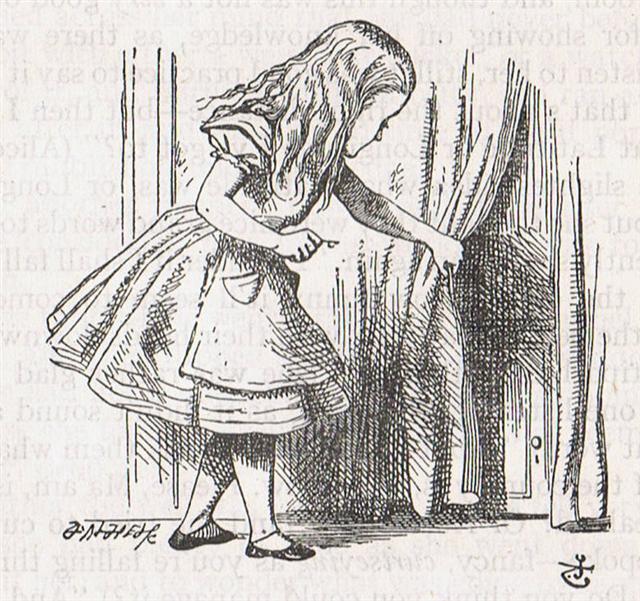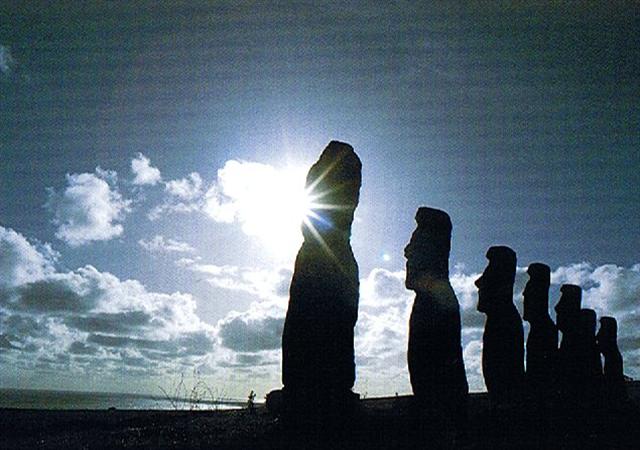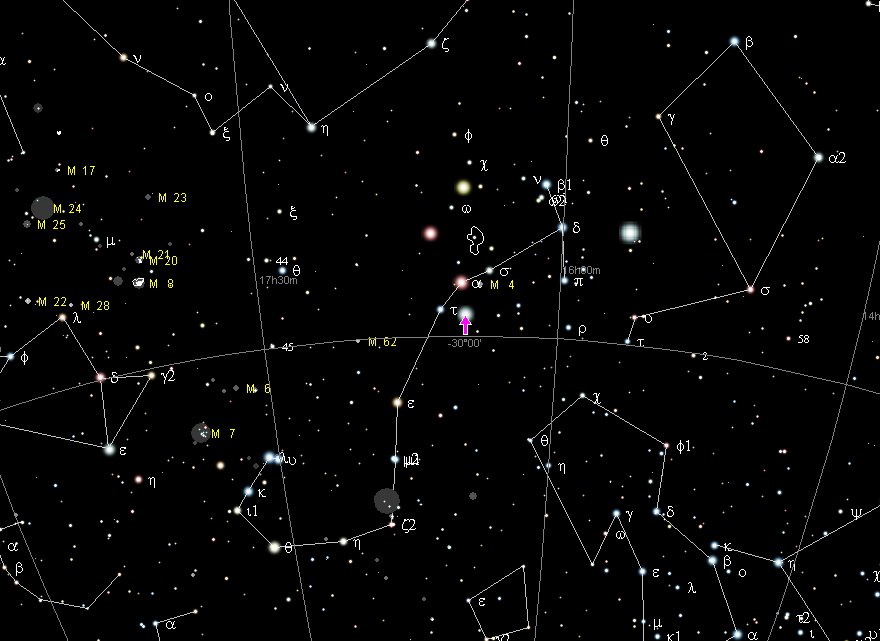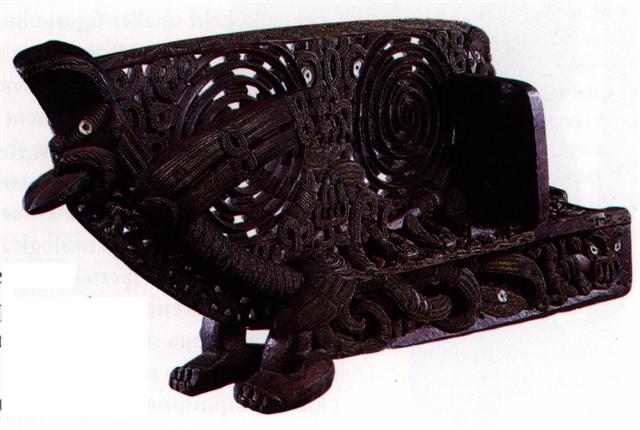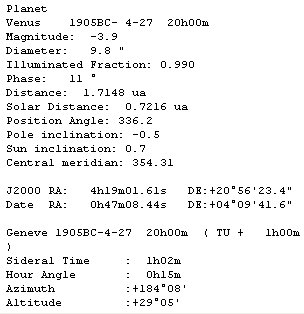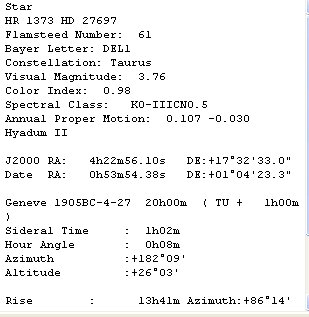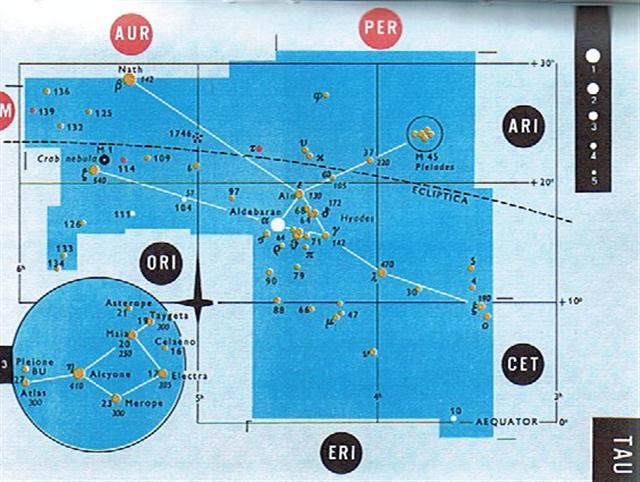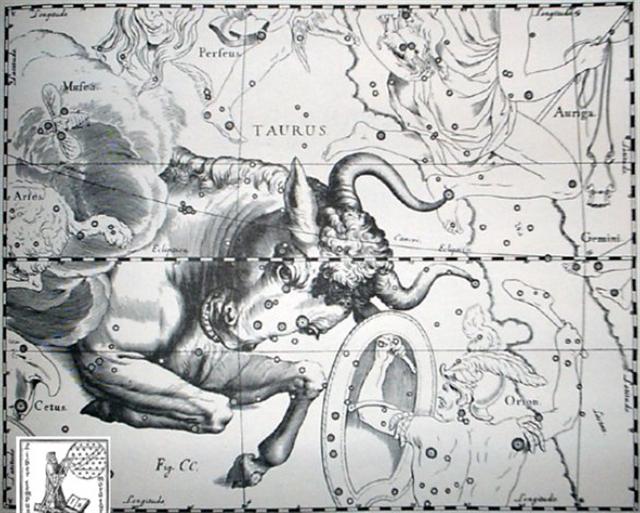219. We can conclude that the pentagram given by Venus was primarily an ideal map for creating structures for the night sky for the star watchers. And we should always count to *22(0) from one point (tara) in the pentagram to the next:
The key for the special case Antares is to count *547 - *183 = *364.
Because at the 3rd point of the pentagram the view had to be shifted around to the opposite side of the sky. In the Golden Era of the Bull the Sun had been in Taurus at the northern spring equinox when this constellation could not be observed due to the threat of mata vera. ... Like the sun, chiefs of the highest tabus - those who are called 'gods', 'fire', 'heat', and 'raging blazes' - cannot be gazed directly upon without injury. The lowly commoner prostrates before them face to the ground, the position assumed by victims on the platforms of human sacrifice. Such a one is called makawela, 'burnt eyes' ...
... The principal astronomical alignments of the great temple of Angkor Wat in Cambodia are towards sunrise on the December solstice and sunrise on the March equinox - respectively midwinter and the beginning of spring in the northern hemisphere. The two moments in the year when Easter Island traditions say that the Moai of Ahu Akivi come alive and are 'particularly meaningful' are the June solstice and the September equinox - respectively midwinter and the beginning of spring in these southern latitudes ... Instead during this time of the year the days should be determined indirectly by the nakshatra method, i.e. from the place of the Full Moon which here ideally should be in the Scorpion.
Antares was named Ana-mua and Aldebaran was Ana-muri - the star pillars in front and at the back side. A canoe has similarly rei-mua in front and rei-muri at its stern. ... Väinämöinen set about building a boat, but when it came to the prow and the stern, he found he needed three words in his rune that he did not know, however he sought for them ...
... The openwork spirals on the main panel may represent the entry of light and knowledge into the world when the god Tane separated his parents Papatuanuku and Rangi, Earth Mother and Sky Father. The foremost figure depicts a male with aggressively protruding tongue. He may represent Tuumatauenga, the god of war and man ... ... There is no need to go into detail regarding the further creeds and customs [in addition to the belief in Kane / Tane] in which various Maori-Polynesian tribes follow the pattern of their Northwest Coast neighbors, such as nose rubbing as a salute, topknots as masculine coiffure, feathers of big birds as hair decoration, head flattening, body tattooing, finger severance, fire walking, armor for combat, the tongue as a symbol of defiance ... Thus the 4th tara, another *220 right ascension nights ahead, should also be at spring equinox.
Once again we have to turn around to the other side of the sky, which means we now will return to spring. *249 (Antares) - *63 (Hyadum I, δ Tauri) = *186 = *183 + *3 (days with only cold food served, puoko).
In the G text, however, these 'hilled up potatoes' stretced from the star Bharani (*41.4) to the end of side b on the tablet:
This indicates my key number for the measure of the precession down from my assumed era for rongorongo to the Golden Era of the Bull, which I so far have suggested should be *64 right ascension days, could more precisely be measured as *63.4 right ascension nights. The reason for the pair of puoko glyphs is presumably to indicate where the rain clouds (→ the rainy Hyades) covered the sky, making star observations no longer possible: ... Sweet potatoes are planted in the morning; fishing is done in the afternoon ... ... Note that rain and stars are singled out as the characteristics of the sky: we have seen that the ancients of Mesopotamia and in India shared the concept of a divine 'sky garment' consisting either of rain clouds or of the starry sky ...
|
|||||||||||||||||||||||||||||||||||||||||||||||||||||||||||||||||||||||||
